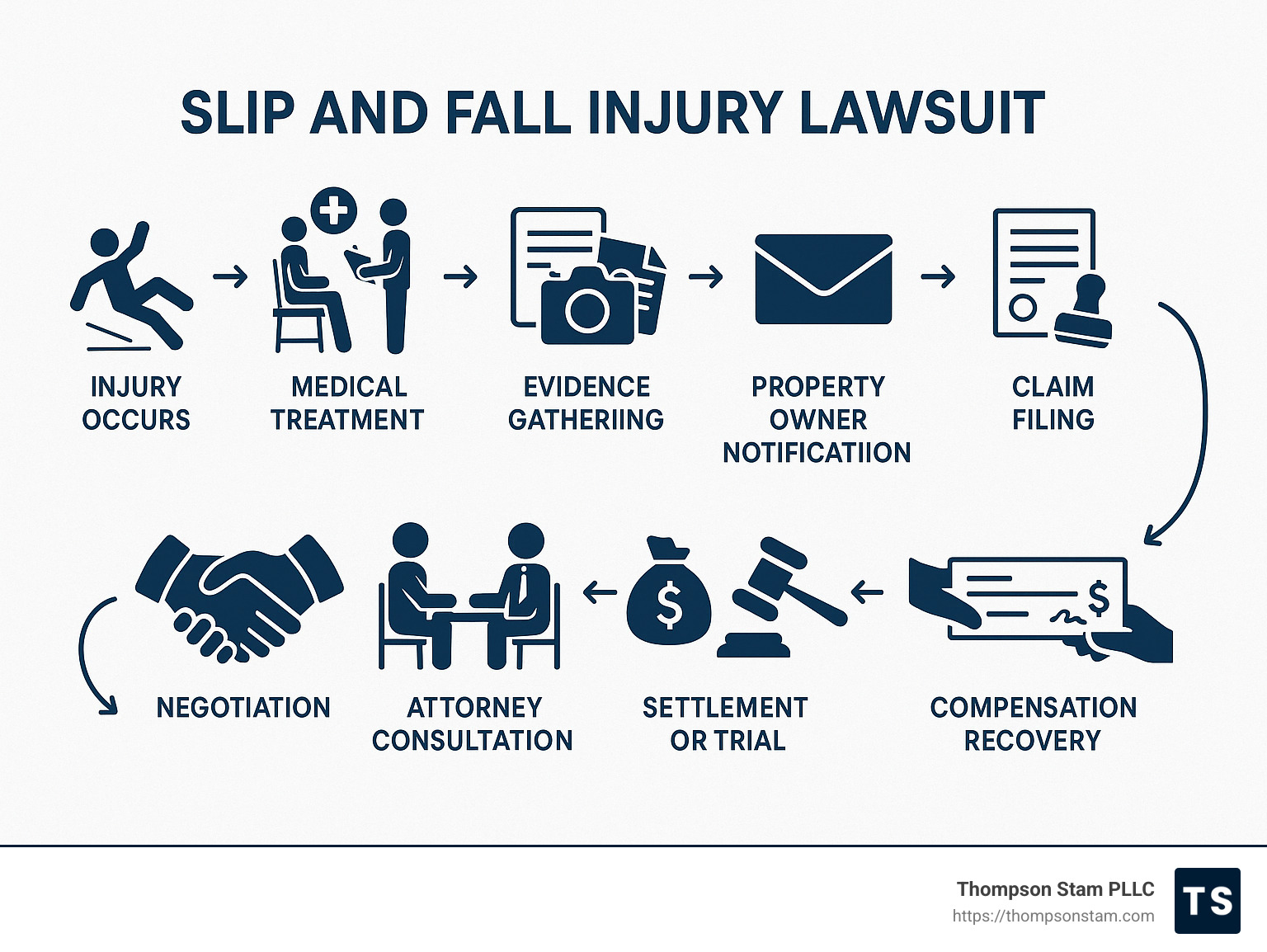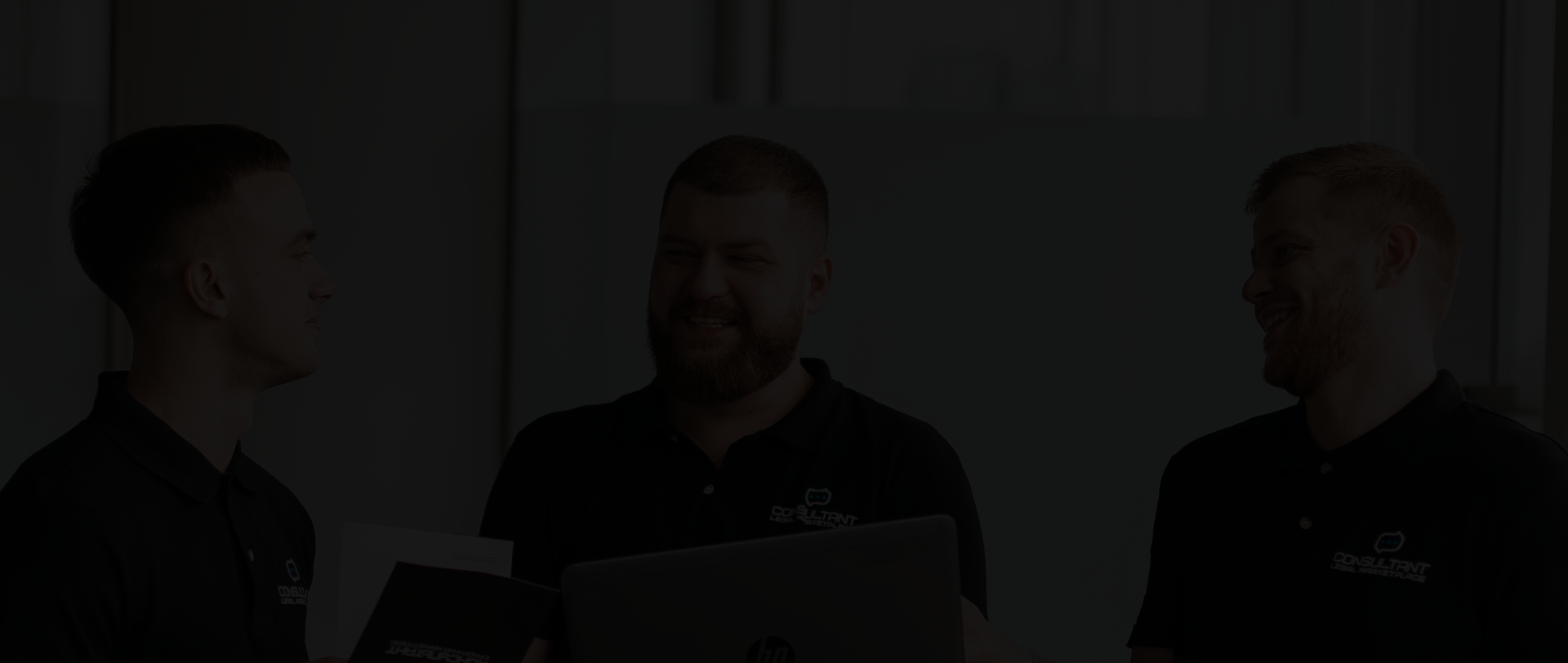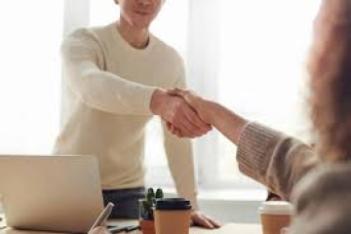Understanding Personal Injury: Slip and Fall Cases
Slip and fall accidents are among the most common causes of personal injury claims in the United States. These incidents frequently occur on another person’s property, whether it’s a commercial establishment, residential home, or public area. The aftermath of a slip and fall injury can be physically, emotionally, and financially devastating to victims.
Personal injury law is designed to protect the rights of individuals who suffer harm due to the negligence or carelessness of others. When someone slips and falls on property owned or controlled by another party, the property owner might be liable for injuries sustained if they failed to maintain a safe environment. This article explores the critical aspects of slip and fall cases, the responsibilities of property owners, steps to take if injured, and legal considerations involved in pursuing compensation.
What Constitutes a Slip and Fall Accident?
A slip and fall accident happens when an individual loses their balance, slips, trips, or falls due to hazardous conditions on someone else’s property. These circumstances often result from wet or slippery floors, uneven surfaces, unmarked obstacles, poor lighting, or debris. Slip and fall injuries can range from minor bruises to severe trauma such as fractures, head injuries, spinal cord damage, or even death in extreme cases.
To establish a valid slip and fall claim, it is necessary to prove that the property owner or occupier breached their duty of care to maintain safe premises. This duty includes regular inspections, prompt repairs, and adequate warning signs whenever hazards exist.
The Duty of Property Owners to Maintain Safe Premises
Under premises liability law, property owners have an obligation to ensure their property is reasonably safe for visitors. This responsibility varies depending on the type of visitor — invitees, licensees, or trespassers — but generally requires owners to address known dangers.
- Regularly inspect the property to identify potential hazards.
- Repair any defects such as broken stairs, uneven flooring, or loose handrails promptly.
- Keep floors clean and dry, and mark any wet or recently cleaned areas clearly.
- Ensure proper lighting to maintain visibility in all walkways and common areas.
- Provide warning signs or barriers where risks cannot be immediately rectified.
Failure to fulfill these obligations can lead to legal liability if an injury occurs due to negligence.
Immediate Actions to Take if You Are Injured in a Slip and Fall
If you experience a slip and fall accident on someone else’s property, it is vital to take prompt and proper steps to protect your health and your legal rights. The following actions should be prioritized:
- Seek Medical Attention Immediately: Even if injuries seem minor initially, some symptoms may develop later or worsen over time. A professional evaluation ensures appropriate treatment and creates medical records vital for any legal proceedings.
- Document the Scene: Take clear photographs of the accident site, including the hazard that caused your fall, any visible injuries, and the surrounding environment.
- Report the Incident to the Property Owner: Notify the owner, manager, or responsible party about the accident as soon as possible. Request that they formally record the incident.
- Collect Contact Information: Obtain names and contact details of witnesses who saw the accident or conditions leading to your fall.
- Keep Records: Preserve all documentation related to the incident — medical bills, repair or maintenance records of the property, correspondence with the owner, and any other relevant evidence.
Taking these steps will strengthen any claim for compensation you might pursue and help prevent disputes regarding the facts.
Understanding the Legal Time Limits: Statute of Limitations
Each state imposes a statute of limitations — a strict deadline within which you must file a personal injury claim, including slip and fall cases. Typically, this period lasts around two years from the date of the accident, though it may vary depending on jurisdiction and case specifics.
Failing to initiate legal action within this timeframe usually results in the loss of the right to sue and recover damages. Therefore, it is imperative to consult with qualified legal counsel promptly to ensure all deadlines are met, and your case is adequately prepared.
Common Injuries Resulting from Slip and Fall Accidents
Slip and fall accidents can cause a broad range of injuries. Some of the most frequent include:
- Fractures and Broken Bones, especially in the hips, wrists, ankles, and arms;
- Head Injuries, including concussions and traumatic brain injuries;
- Back and Spinal Cord Injuries, potentially leading to chronic pain or paralysis;
- Soft Tissue Injuries, such as sprains, strains, and bruises;
- Cuts and Lacerations that may require stitches or leave scars.
Prompt medical evaluation is essential as some injuries may not be immediately apparent but could have long-term consequences if untreated.
Proving Liability in Slip and Fall Cases
To recover compensation for injuries sustained, the injured party must demonstrate that the property owner’s negligence was a proximate cause of the fall. This involves establishing:
- The property owner owed a duty of care to the injured individual;
- The owner breached that duty by failing to maintain safe conditions or warn of known hazards;
- The breach directly caused the slip and fall accident and resulting injuries;
- Proof of damages, including medical expenses, lost wages, pain, and suffering.
The existence and extent of negligence may be contested, making it crucial to gather as much factual support as possible, including photographs, witness statements, maintenance records, and expert testimony.
The Role of Insurance in Slip and Fall Claims
Most property owners carry liability insurance policies that cover premises liability claims. When an injured person files a slip and fall claim, the insurance company typically handles negotiations and settlements.
However, insurance adjusters aim to minimize payouts, which can result in lowball offers or denials. It is advisable to engage an experienced personal injury attorney who understands insurance tactics and can advocate for fair compensation.
When to Seek Legal Assistance
Not all slip and fall incidents require legal action, but you should consider consulting an attorney if:
- Your injuries require extensive medical treatment or cause permanent disability;
- There is significant property damage or unsafe conditions contributing to the fall;
- The property owner or insurer disputes liability;
- You have experienced lost wages or emotional distress due to the accident;
- You want to ensure all legal procedures and deadlines are properly followed.
Legal professionals can evaluate your case, advise you on the likelihood of success, and handle communications and negotiations on your behalf.
Navigating the Claims Process
The process of pursuing a slip and fall injury claim generally involves several stages:
- Initial Consultation: Discussing the facts and circumstances of the accident with an attorney;
- Gathering Evidence: Collecting medical records, accident reports, photographs, and witness statements;
- Filing a Claim: Submitting a formal demand to the property owner’s insurance company;
- Negotiation: Engaging in discussions or mediation to reach a settlement;
- Litigation: Filing a lawsuit and proceeding to court if a fair settlement cannot be reached;
- Resolution: Receiving compensation through settlement or court verdict.
Throughout this process, timely action and thorough documentation are critical.
Preventing Slip and Fall Accidents: Tips for Property Owners
Prevention remains the best strategy to avoid slip and fall incidents and liability claims. Property owners can take proactive measures to reduce risks, including:
- Conducting routine maintenance and inspections;
- Training staff on safety protocols and hazard identification;
- Installing non-slip flooring and adequate lighting;
- Promptly addressing spills, debris, or damages;
- Using clear warning signs to alert visitors of temporary dangers.
Such measures not only protect guests but also safeguard property owners from costly lawsuits.
Importance of Documentation and Evidence
In slip and fall cases, strong evidence is key to establishing liability and securing fair compensation. Photographs taken immediately after the accident are invaluable. These images should capture:
- The exact location and hazardous condition causing the fall;
- Visible injuries sustained;
- Surrounding environment showing lack of warning signs or poor maintenance;
- Date and time stamps where possible.
Alongside photos, written incident reports, witness contact information, and medical records form a comprehensive body of proof for your claim.
Common Challenges in Slip and Fall Claims
Many slip and fall cases encounter hurdles such as:
- Disputes over whether the property owner had actual or constructive knowledge of the hazard;
- Arguments that the injured party was partially or wholly at fault;
- Difficulty proving the extent of injuries or related damages;
- Insufficient or conflicting witness testimony;
- Claims being denied due to expired statutes of limitations.
Awareness of these challenges and competent legal representation can help navigate them effectively.
When to Contact Legal Marketplace CONSULTANT
At Legal Marketplace CONSULTANT, we specialize in providing expert legal advice and representation for personal injury cases, including slip and fall incidents. Our experienced attorneys guide clients through every step of the process, from initial consultation to resolution, ensuring that your rights are protected and that you receive the compensation you deserve.
If you have suffered an injury due to a slip and fall accident, do not delay in seeking professional assistance. Time limits to file claims are strict, usually two years from the date of the accident in 2025. Contact us through the communications provided in our bio or send a private message for a confidential evaluation of your case.
Slip and fall accidents can lead to significant personal injury with lasting effects on your life. Understanding the responsibilities of property owners, knowing the steps to take immediately after an accident, and being aware of the legal process are crucial in protecting your rights. The team at Legal Marketplace CONSULTANT is dedicated to assisting individuals in seeking justice and fair compensation following such incidents. Prompt action, thorough documentation, and expert legal support are your best defenses against the challenges of slip and fall claims.
Legal Marketplace CONSULTANT specializes in comprehensive legal services for businesses and individuals, backed by a skilled team of attorneys, consultants, and advisers. We are committed to delivering tailored legal support to meet your unique needs in personal injury and other legal matters.































